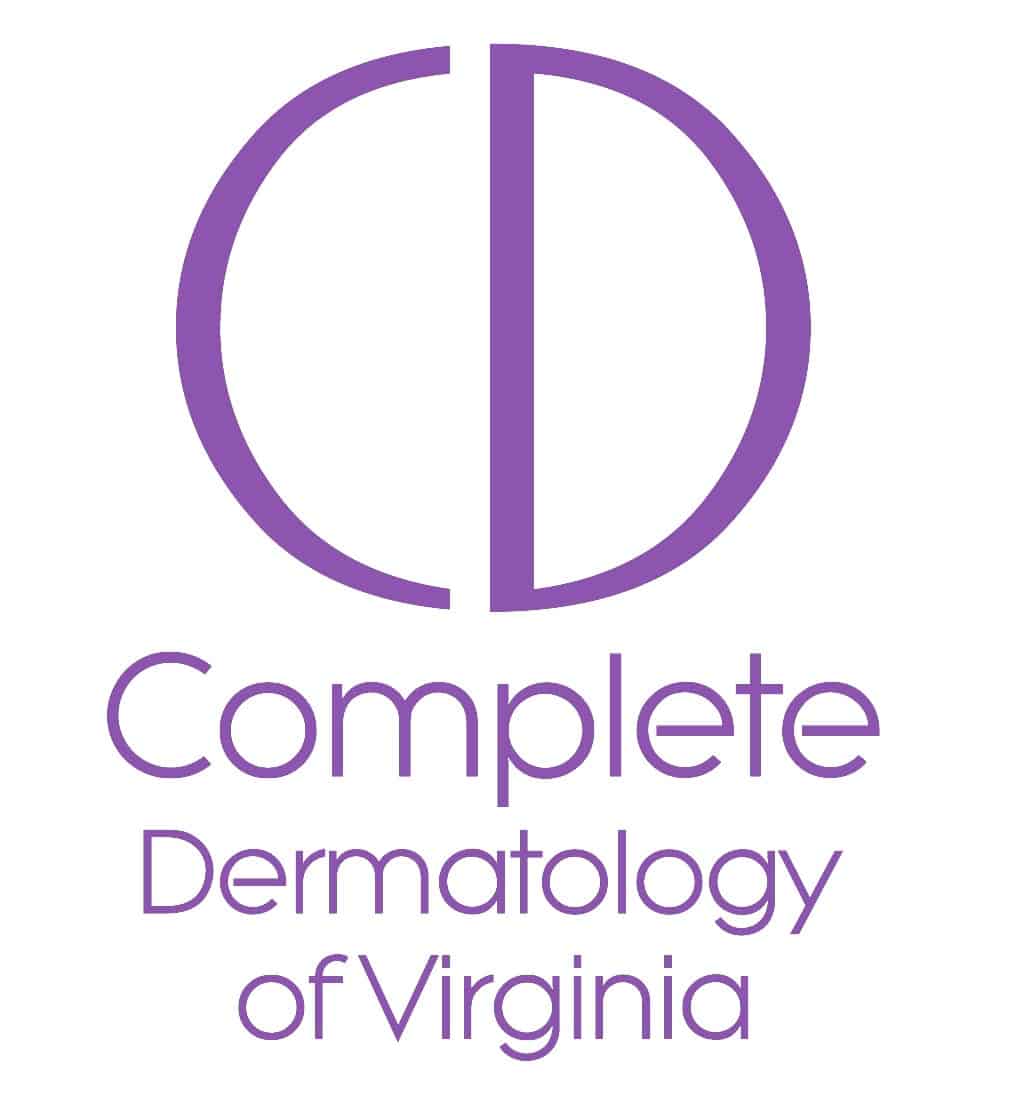What is a infantile hemangioma?
It is a benign proliferation of blood vessels that can occur on the skin, usually shortly after birth. It then goes thorough a growth phase (typically in the first year of life), after which it usually begins to resolve on its own (usually after 18 months). It does need to be differentiated from other vascular growths in infants.
Is the location, pattern, or number of infantile hemangiomas important?
If a hemangioma occurs in an area that interferes with the function of a nearby structure, such as the eye, nose, mouth, throat or other important areas, then it likely requires more aggressive treatment. In addition, when it occurs in a segmental pattern, it may be part of an underlying syndrome and requires a systemic work-up. If one has multiple hemangiomas, then it would be important to evaluate certain internal organs such as the liver, for further involvement. Also, larger hemangiomas also require special attention.
How are infantile hemangiomas treated?
Most uncomplicated infantile hemangiomas do not need treatment, as they often involute on their own, with 50% being completely resolved by age 5 years, 70% by age 7 years, and 90% by age 9 years. Still, even after involution, there may be some unwanted residual skin changes. The risks and benefits of treatment, for e.g. with a topical beta blocker may be considered. With more problematic hemangiomas, oral beta blockers have become first line therapy. One would need to be screened before hand and this would need to be administered in a monitored setting.
Additional Resources:
American Academy of Dermatology
